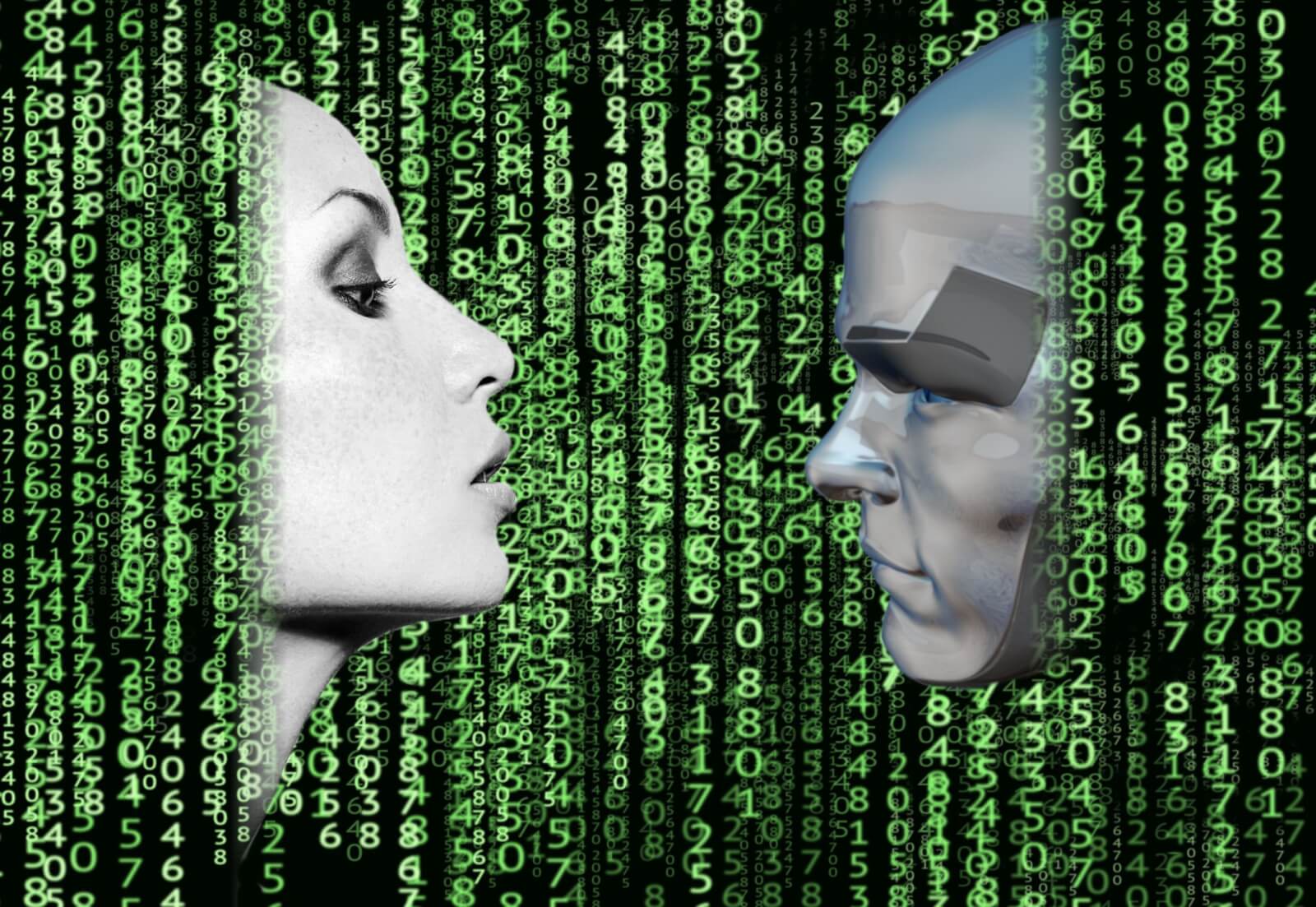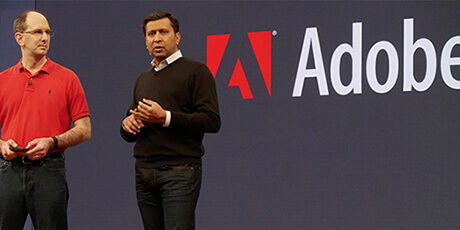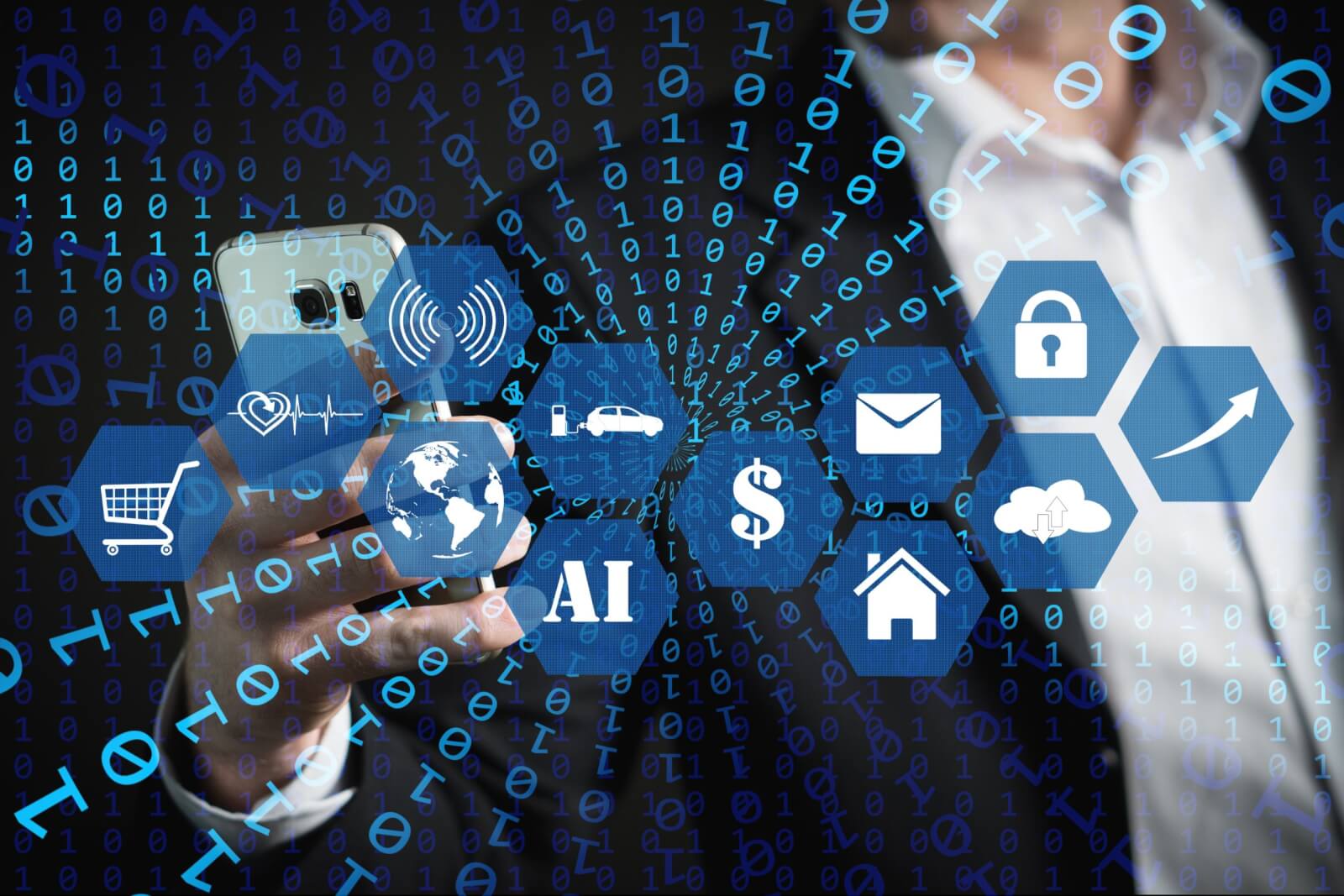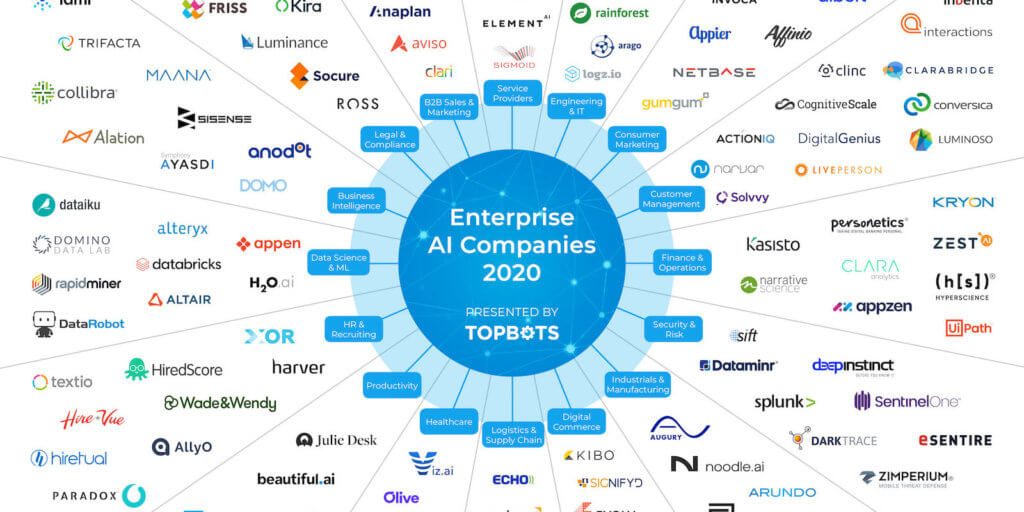
This past week a recent announcement by San Francisco-based NVIDIA marks a major milestone in the commercial availability of AI. NVIDIA, inventor of the GPU and major computing powerhouse has announced that their AI platform, known as the NVIDIA Base Command Platform will now be available for consumers to rent for month-long increments to North American organizations.
This advanced artificial intelligence platform built on the advanced capabilities of the NVIDIA DGX SuperPOD is one of the first commercially available computing platforms made available by NVIDIA and is undoubtedly one of the most powerful commercially available AI platforms available to organizations today. This innovative AI platform is hosted remotely in the Equinix digital cloud through a strategic partner offering between NVIDIA and Equinix. This partnership and offering mark another major partnership for NVIDIA as the AI organization enters its first strategic hybrid-cloud partnership known as NVIDIA AI LaunchPad partner program.
Following this announcement, it makes a person question what the future of commercially available AI may look like. Will AI-based computing platforms become a household commodity? What will the future of consumer technology look like if AI becomes widely available?

“Base Command Platform offers an easy onboarding experience for AI developers,” said Abhay Parasnis, CTO and chief product officer at Adobe. “Our team is exploring the potential of Base Command Platform to simplify the machine learning development workflow.”
We set out to answer this question, by looking at the recent release of the NVIDIA Base Command Platform as well as other AI-enabled solutions making noise today.
Commercial Availability of AI

Today, NIVIDIA’s Base Command Platform is available at a whopping $90,000 per month, with a three-month commitment. Of course, this rental model is only feasible for large organizations with an astoundingly large budget for AI, however, this points to some interesting changes taking place in the AI space today.
Take, for example, Salesforce one of the largest disruptors in the space of customer relationship management tools. Known for their initiative web-accessed CRM, Salesforce is also heavily investing in the space of commercially available AI. With the introduction of SalesForce Einstein, SalesFoces aims to deliver faster more personalized customer services, and help employees get more done in a short amount of time, by optimizing access to information through intelligent case classification, next best action, and recommendations.
For organizations that use relational databases, SAP HANA is maybe the most popular relational database management system in the space today. Designed as an in-memory competitor in the relational database management space, SAP HANA has stood as an industry leader for running database servers and storing and retrieving data as requested by applications. Aside from holding a major market share in the relational database management space, SAP is also making sizeable investments into AI and analytics.
SAP’s approach to AI and analytics rhymes to use real-time collective insight processing in the business landscape. Building on this approach and technology, SAP Lumira an AI-enabled SAP platform, delivers agile visualizations to help companies make sense of large datasets.
Where Do We Go From Here?

With major organizations adopting AI, and now organizations like NVIDIA making AI platforms accessible to other organizations where do we go from here? Will we have personalized AI embedded in our smartphones in a decade? If you don’t think so, just look at the technology used in your iPhone versus the technology used in the Apollo 11 launch.
Based on research presented by the Harvard Business Review, it’s likely that AI will make its way into our daily lives, and into foundational business operations in the following ways:
Process Automation
Process automation is the process of automating repeatable tasks with the intention to free up time for the owner of said task. With the help of AI, any number of monotonous tasks can be automated away with the help of process automation. Process automation tasks include:
- Moving data between different systems to support a large business cause.
- Replacing data in several locations when one data entry is updated in a primary location
- Call automation, email automation, task processing automation also fall under this umbrella term of process automation
Cognitive insight
Cognitive insight is another major area AI is set to provide incredible value both to organizations as well as individuals. One great example of cognitive insight powered by AI is the new GitHub AI-enabled AI programming helper known as Copilot. This code suggestion tool is aimed to provide developers with code suggestions to optimize their coding process and move toward more effective and efficient code.
- Code suggestion tools
- Ad placement insight (targeted ads based on purchase history)
- Real-time decision making for AI-powered vehicles





